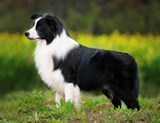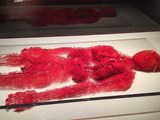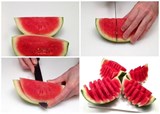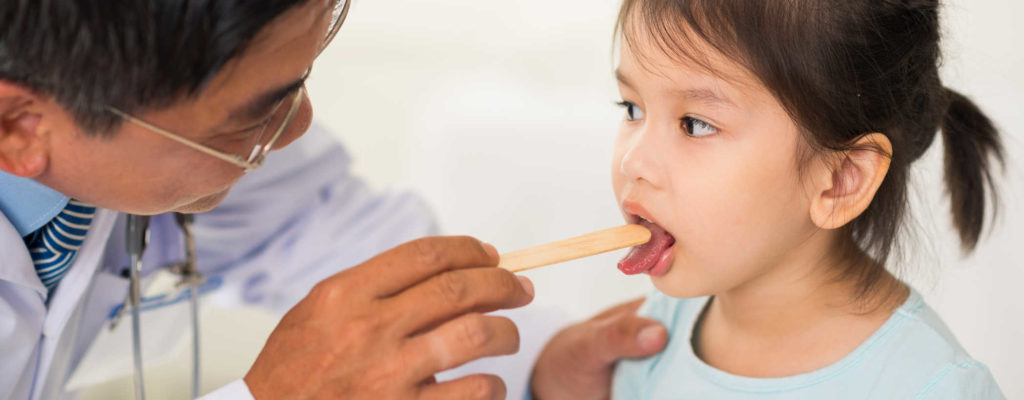Ways to determine an infants caloric needs
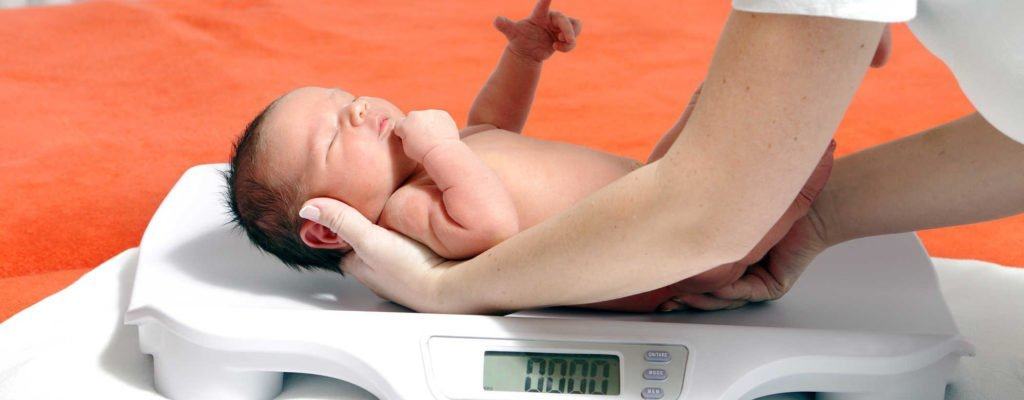
Learn how to determine your baby’s caloric needs, including the calories in breast milk and formula, to ensure your infant gets the right nutrition for healthy growth.
Doing fun science experiments for preschool and primary school children at home is a way for them to learn and learn useful things about nature easily. Please accompany your baby to do the following simple experiments.
Does your child like science or when it comes to science he is not very interested in science? You absolutely can help your baby feel interested in science or boost his passion for science with 9 fun science experiments for children in the article right below.
Divide a tray into 2 parts and conventionally a sink and a floating side.
Ask your child to collect a few small items in the house such as paper clips, hair clips, elastic bands, paper, pens, spoons ...
Explain to your child what it is and what it is to float.
Fill the bowl with water, then have your child put the objects on top of the water and observe which ones float and which ones sink. Place sink / float objects in the correct portion of the tray.
The sink or float experiment can be one of the most rewarding fun science experiments for preschoolers.
Lesson: There are small and light objects (paper clips, hairpins) but still sinking large objects (paper, foam) that float.
Give your child a few peas (be it green beans, black beans, red beans, kidney beans or whatever sprouts seeds you have in the house) and let them see if the pods are firm. .
Instruct your child to wet a few sheets of paper towels and place them on a tray. After that, place a few peas and cover with a wet paper towel again. Keep the tray in the bright sunlight .
Have your child check the seeds 2 times a day and spray some water on the towel.
About 5 - 6 days, the beans will germinate. This is a fun science experiment for preschoolers that is quite simple. This experiment can be done using materials found around the house or utilizing disposable food trays.
Lesson: Sunlight, air, and water help plants grow.
Instruct your child to collect certain objects around the house and place them near a magnet.
Have your child see which objects are attracted to the magnet and which are not.
Lesson: The magnet will attract objects made of iron, nickel, and some other metals.
You let the child pour water into the glass. Note only pour about half a glass of water.
Add about six teaspoons of salt to the glass and stir well.
Slowly add more water to the glass until it is full.
Drop an egg into a glass of water and observe how the egg will float.
Lesson: Salt water is "thicker" than purified water. Eggs float easily in brine because the density of the brine is greater than that of the eggs.
Fill 3 glasses with water and add food coloring of red, yellow and green.
Have your child mix these colors together and observe which new colors will form. This is one of the great science experiments for preschoolers that will help your child make interesting discoveries about colors.
Lesson: Red, blue, and yellow are the primary colors that help create more colors.
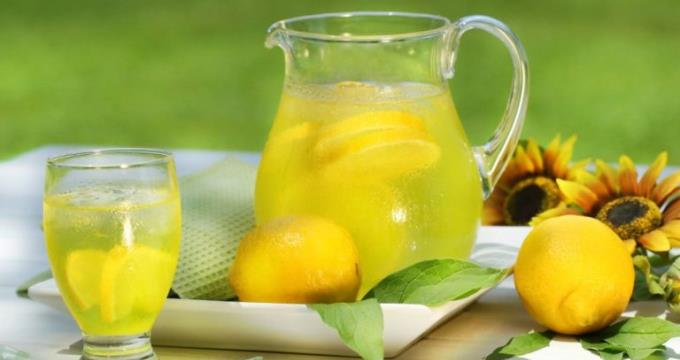
You need:
1 glass jar
2 lemons
Country
Street
Salt
Making:
Squeeze the lemon into the jar.
Add water and add a little salt and sugar, stir well.
Children will realize that this is a delicious drink , not a bland drink.
You need:
Country
1 piece of cloth
1 large bowl with rim
Soap mixture to create bubbles
Dry ice (also known as dry ice, smoke ice, dry ice ...)
Making:
Fill the bowl with dry ice and add water. You should see smoke coming out of the bowl.
Soak the cloth in the soap mixture and surround the rim of the bowl to create a bubble above the dry ice.
The bubbles will continue to appear.
You need:
1 small, empty and transparent beverage bottle
Country
Food coloring
2 tbsp of cooking oil
Dishwashing liquid
Making:
Add some food coloring to the water. Then add 2 tablespoons of this mixture and 2 tablespoons of cooking oil into the jar.
Close the lid and shake.
Put the bottle back on and you should see the oil float above the face.
You need:
450 ml of vinegar
2 glasses
1 raw egg
Making:
Place the eggs in the glass slowly, then fill with vinegar
It takes about 12 to 24 hours for the eggshell to disappear
The next day, gently tilt the glass to pour the liquid and remove the egg
Your baby will see that the shell of the egg is gone.
The interesting experiences from the 9 fun science experiments for children above will be practical lessons to help children acquire knowledge in the fastest way. Therefore, to cultivate and foster your child's passion for science, you should always accompany and create all the conditions for your baby.
Learn how to determine your baby’s caloric needs, including the calories in breast milk and formula, to ensure your infant gets the right nutrition for healthy growth.
Discover the top 5 smartest dog breeds in the world, including Border Collie, Poodle, German Shepherd, Golden Retriever, and Doberman Pinscher. Learn about their unique traits and why they are considered the most intelligent dogs.
Discover 7 nutritious and delicious ways to cook egg porridge for babies, including recipes with cheese, pumpkin, tomato, and more. Learn how to prepare baby-friendly egg porridge with our expert tips.
After a series of medical measures they obtained a complete human vascular system profile.
Watermelon is one of the fruits that many people love, not only cheap but also delicious, nutritious and refreshing in the summer. To get delicious watermelon pieces, show off your housewives, your artistic talents to cut beautiful pieces of watermelon.
aFamilyToday Health - The digestive system and body in each baby is different. Parents need to recognize notes to deal with when babies have a food allergy!
Babies need many factors for perfect development. aFamilyToday Health shares with parents things to keep in mind when babies are 8 weeks old so that parents can take care of their babies the best!
Babies need many factors for perfect development. aFamilyToday Health shares with parents things to keep in mind when babies are 18 weeks so that parents can take care of their babies the best!
Babies need many factors for perfect development. aFamilyToday Health shares with parents things to keep in mind when babies are 28 weeks old so that parents can take care of their babies the best!
Babies need many factors for perfect development. aFamilyToday Health shares with parents things to keep in mind when babies are 32 weeks old so that parents can take care of their babies the best!
